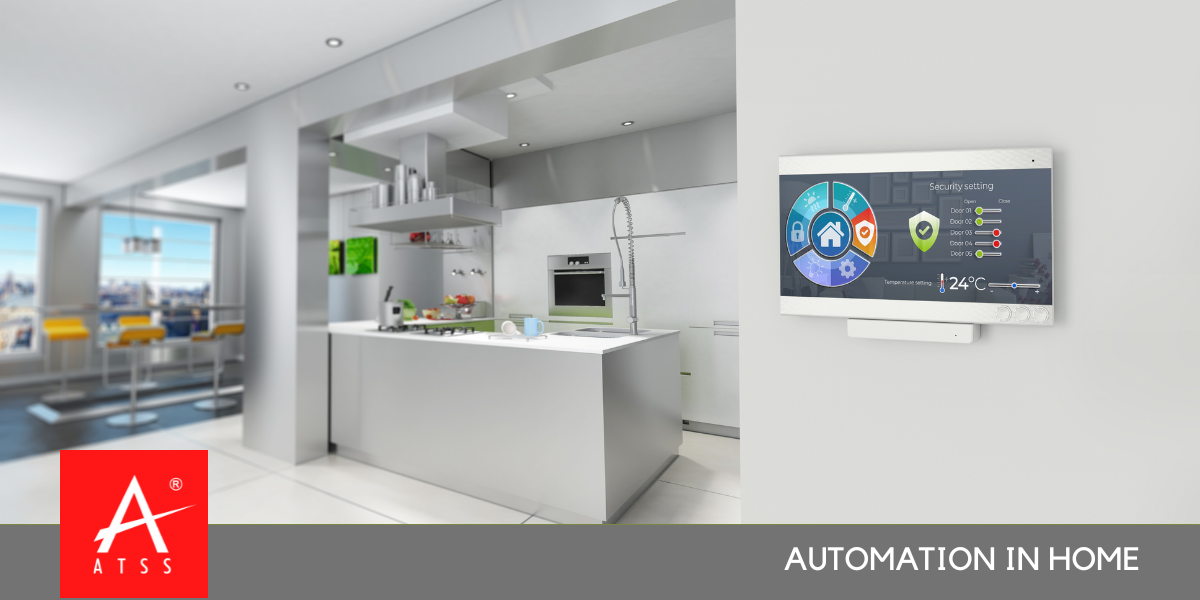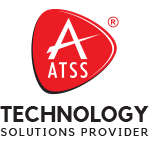
Automation in Home
Residential premises owners and residents
Customer Jobs:
Security and Safety: Customers want to ensure the safety and security of their homes and loved ones.
Convenience and Efficiency: They seek ways to simplify their daily routines and reduce the effort required to manage their homes.
Comfort and Ambiance: Customers desire a comfortable living environment with the right lighting, temperature, and ambiance.
Energy Efficiency: Many are interested in reducing energy consumption and costs.
Entertainment and Connectivity: They want easy access to entertainment and seamless connectivity.
Remote Monitoring and Control: Customers want the ability to monitor and control their homes remotely.
Home Value: They may also be concerned about increasing the value of their property through smart upgrades.
Customer Gains:
Enhanced Security: Customers gain peace of mind knowing that their home is secure with automated locks, cameras, and alarms.
Time Savings: Automation can save time by handling repetitive tasks, such as adjusting thermostats or turning off lights.
Improved Comfort: Automated climate control and lighting systems provide a comfortable living environment.
Cost Savings: Energy-efficient automation can lead to reduced utility bills.
Entertainment and Convenience: Easy access to music, streaming, and voice-activated controls enhance entertainment and convenience.
Remote Control: Customers can monitor and control their homes from anywhere.
Increased Property Value: Smart home features can increase the value of their residential property.
Customer Pains:
Complex Installation: The initial setup of automation systems can be complex and time-consuming.
Cost of Investment: The upfront cost of purchasing and installing automation systems can be a barrier.
Compatibility Issues: Customers may face compatibility issues when integrating different automation devices.
Privacy Concerns: There are concerns about data privacy and security breaches.
Technical Issues: Automation systems can encounter technical glitches or fail, causing frustration.
Learning Curve: Some customers may find it challenging to learn how to use all the features.
Maintenance: Regular maintenance and updates may be required.
Gain Creators:
Easy Installation Services: Offer professional installation services to simplify the setup process.
Affordable Pricing Plans: Provide flexible pricing plans or financing options to make automation more accessible.
Compatibility Assurance: Ensure that all automation devices are compatible with each other.
Data Security Measures: Implement robust data security measures and privacy policies.
24/7 Customer Support: Offer round-the-clock customer support for technical issues.
User-Friendly Interfaces: Develop intuitive, user-friendly interfaces and mobile apps.
Scheduled Maintenance: Provide scheduled maintenance and updates to prevent issues.
Pain Relievers:
Step-by-Step Setup Guides: Offer comprehensive setup guides and tutorials for DIY installations.
Price Transparency: Clearly communicate pricing and offer discounts or bundles.
Compatibility Checks: Conduct compatibility checks before installation to avoid issues.
Data Encryption: Use advanced encryption techniques to secure customer data.
Rapid Technical Support: Ensure quick response and resolution of technical problems.
User Training: Provide training sessions or online resources for customers to learn how to use the system.
Automated Updates: Enable automatic software updates to minimize maintenance efforts.
By considering these elements, you can create a comprehensive customer strategy for your home automation product, addressing the needs, pains, and desires of your target customers.

